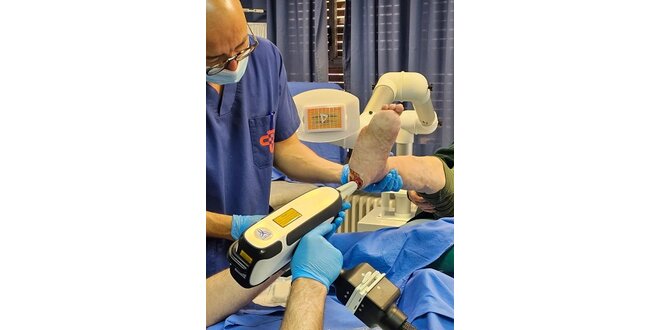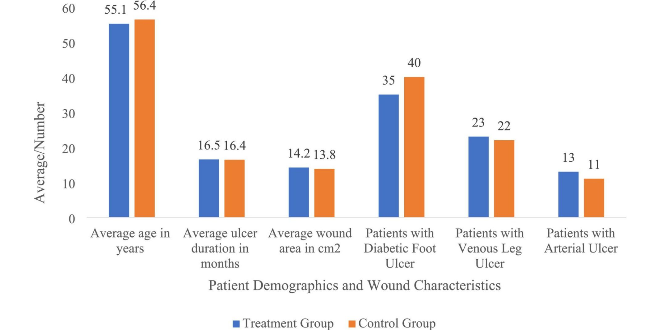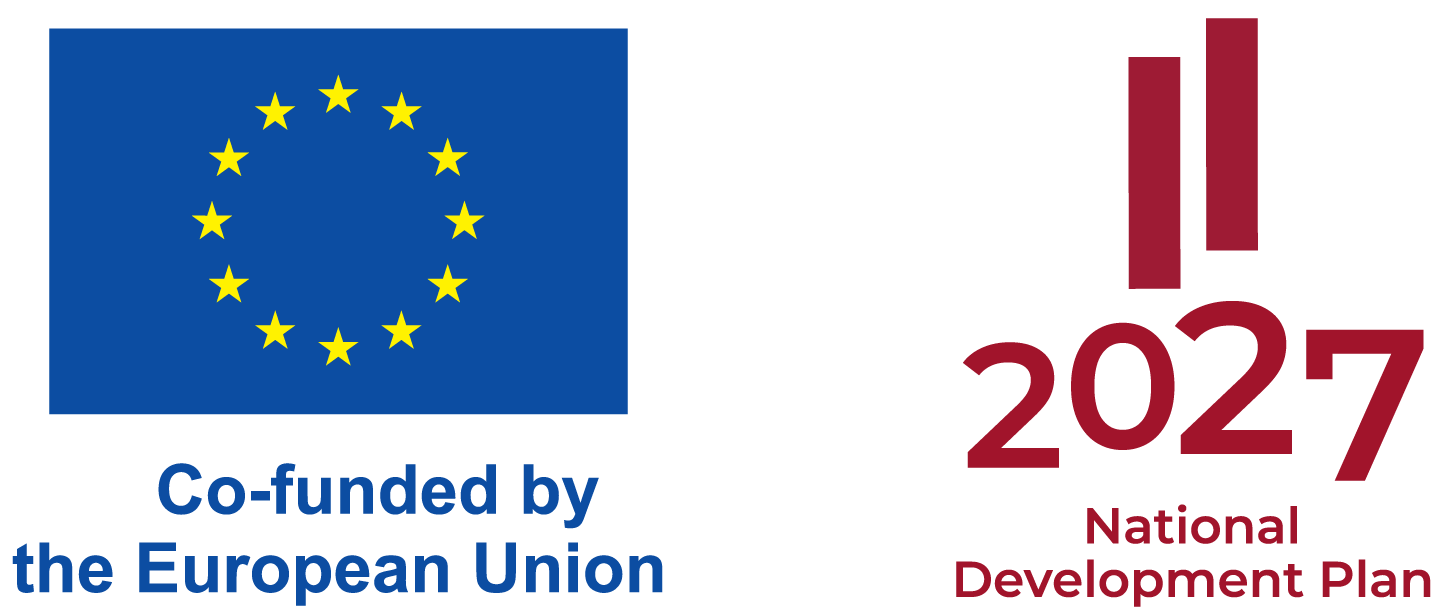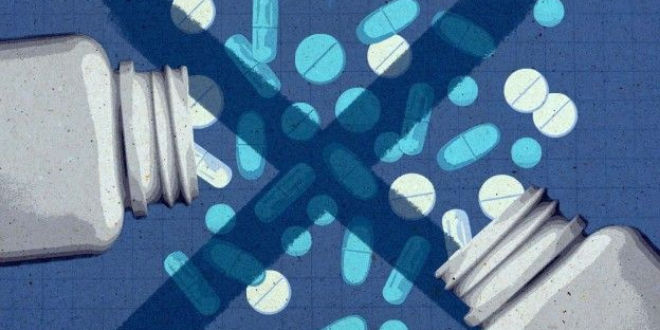
“Ukraine war highlights mutated superbugs that can resist antibiotics” - says the headline of this week’s The Times article (https://lnkd.in/eUqtkiVw). Catchy indeed, but little does the world truly know the scale of the problem humanity is actually facing. Antibiotics have been a consistent subject of dispute in the scientific community for quite some time now due to the incredibly fast-paced development of antibiotic resistance. Bacteria reproduce and mutate faster than any other living organisms. At a certain point in time, there will no longer be any antibiotics known to mankind that are capable of killing bacteria. Surely, the process can be slowed down by limiting the use of antibiotics. Now you may think: ” Well, what problem are we talking about then?” The problem is that disastrous antibiotic resistance is not as far away as it seems. In fact, as revealed by the previously mentioned Times article - it is already here. Furthermore, we are not only talking about immortal individual bacteria. Biofilms or, in simple terms, communities of bacteria are 1000 times more resistant to antimicrobial agents. Chronic wounds, in turn, provide the most favoured environment for biofilms. Considering the amount of soldiers treated with antibiotics every single day, is having no cure for bacterial infections just a matter of time? No by all means.
There is an alternative approach to treating infections in wounds that does not leave us with mutated superbugs - high-power short-pulsed YAG: Er laser. It eliminates infection and facilitates the closure of chronic wounds, unlike antimicrobials that only offer a possible chance of removing bacteria. Erbium laser performs both debridement and elimination of infectious bacteria on the wound surface, unlike antibiotics. The utilisation of antimicrobials in wound treatment inevitably implies surgical debridement that damages viable tissue. Laser, on the other hand, performs wound debridement through superficial ablation, whilst functional tissues remain unharmed due to the high content of water inside the living cells acting as a natural barrier to radiation. Treatment of wounds with antibiotics often requires hospitalisation because of frequent dressing changes and extensive bleeding. Transition to erbium laser would significantly reduce the burden wounds put on the healthcare system since it does not result in hospitalisation, and the patient can be sent home right after the procedure. Last but not least, the erbium laser eliminates all species of bacteria. I believe that lasers are the ultimate key to saving lives by treating infected wounds that are incurable by antibiotics. Here you can see how it works: https://wound.help




 20.09.2024
20.09.2024




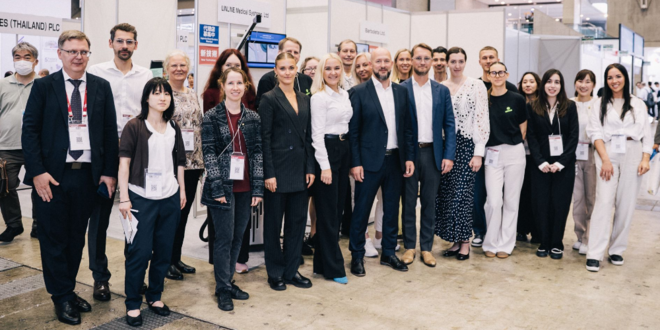
 06.10.2025
06.10.2025

